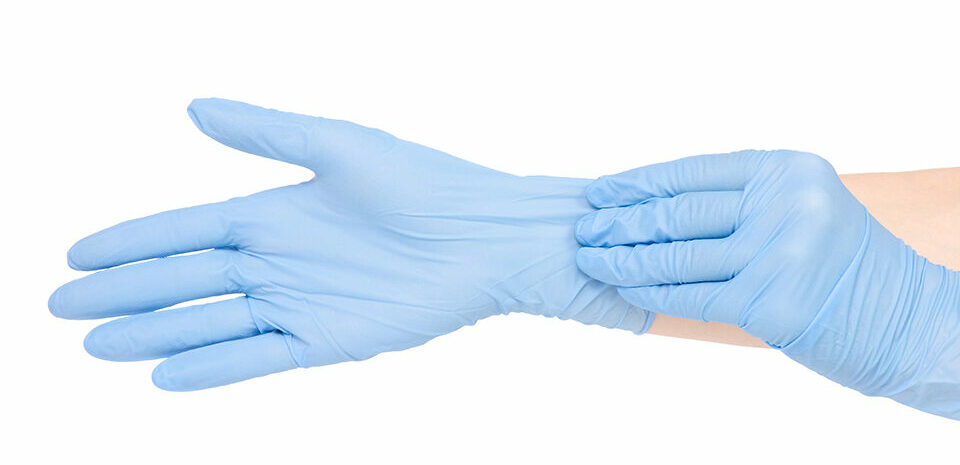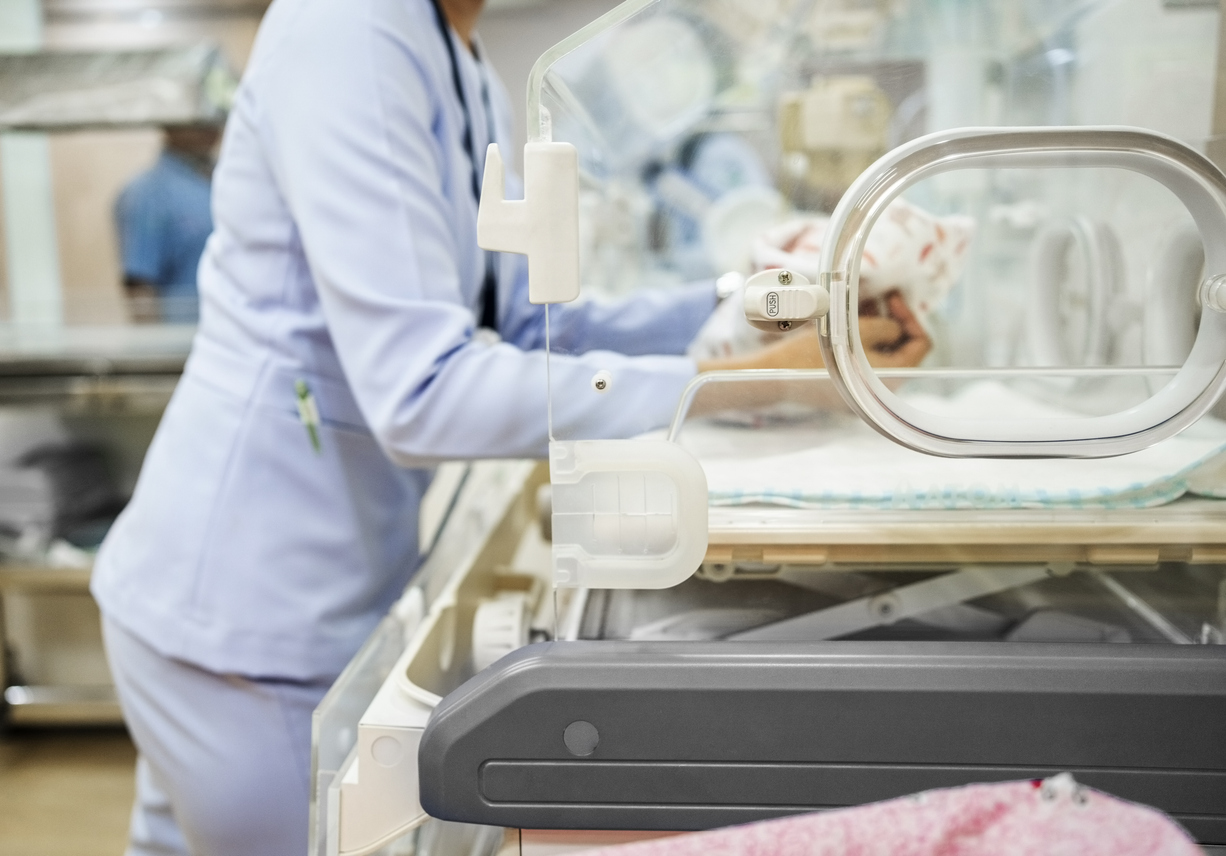Beyond the Pharmacy: Preparing for Hospital-wide Compliance with USP 800

Over the past year, there’s been a lot of discussion about how hospital pharmacies can prepare for USP 800. While hazardous drug safety is not a new concern, the new regulations set forth in USP 800 will require most hospitals to make significant changes in order to achieve and maintain compliance. However, even though the majority of USP 800 focuses on the safe handling and compounding of hazardous drugs within the pharmacy, true compliance will need to be a hospital-wide effort.
What does true hospital-wide compliance entail? Well, consider this: once hazardous drugs leave the pharmacy and make their journey to the patient in need, compliance and safety still need to be top priorities. Yet, many facilities are not prepared — or, worse, don’t even know how to prepare — to be USP 800 compliant across the entire organization. Achieving this will require significant administrative changes to meet requirements, ensure patient and handler safety, and avoid citations during auditing.
To help your hospital begin to consider what complete compliance with USP 800 looks like, we’ve divided the necessary procedures and changes into five key steps.
5 Key Steps to Achieving Hospital-wide USP 800 Compliance
Conduct a risk assessment of all hazardous drugs
The very first step is to understand exactly what the employees of your hospital may come in contact with as they handle hazardous drugs. This requires compiling a list of antineoplastic and other hazardous drugs used in the hospital, then making plans to review the list for accuracy on an annual basis.
Once this list is complete, your organization should perform a risk assessment on all containment strategies and uses of hazardous drugs. Similar to the overall list, this risk assessment should be reviewed and assessed on at least an annual basis.
Identify clear roles and responsibilities
One of the biggest dangers of hazardous drug compliance is not knowing who is responsible for making decisions, assessing risks or ensuring safety procedures are maintained. This issue is best solved by identifying a qualified and trained designated person — or multiple people — to take responsibility for compliance with USP 800. Identifying clear roles and responsibilities upfront can save your hospital confusion and create a clear chain of command as changes are made.
These designated individuals should take the lead on the next several steps of achieving compliance and maintaining safety regulations — from developing and implementing all procedures for safe hazardous drug handling, selection of personal protective equipment, and training personnel, to overseeing all testing and sampling reports.
Develop written policies and procedures
It’s not enough to have “known” policies and procedures in place; instead, exact protocols need to be clearly written for easy review and assessment. Providing documentation is a great way to show auditors that your hospital is dedicated to ensuring compliance and safety, so a diligent paper trail of policies and procedures — and documentation of personnel training on those policies and procedures — is essential.
You should also develop written Standard Operating Procedures (SOPs) for any situation in which hazardous drugs will be handled and used throughout your facility. This includes but is not limited to: a hazard communication program, as required by OSHA and USP 800; an occupational safety program; the designation of hazardous drug areas; receipt and storage procedures; use of personal protective equipment; dispensing, transporting, administering, disposing and spill control; and deactivation, decontamination, cleaning and disinfection.
Provide appropriate personal protective equipment
Personal protective equipment (PPE) needs to be readily available to be worn in necessary high-risk situations, as determined by your organization’s risk assessments and as required by regulatory standards. While USP 800 requires the wearing of impermeable gowns, covers for head, hair and shoes, and two pairs of chemotherapy gloves for compounding, your organization may also want to require PPE for other tasks involving hazardous drugs, depending on the results of a risk assessment.
For instance, USP 800 recommends wearing PPE during receipt, unpacking and storage, transport, administration, deactivation/decontamination, cleaning and disinfection, spill control and waste disposal. The exact types of PPE necessary for each task will vary based on risk assessment, but may include chemotherapy gloves, impermeable gowns, shoe covers, and eye and face protection.
Provide proper training and evaluation for personnel
Any hospital employee who may come into contact with hazardous drugs as part of their job description needs to receive proper training prior to any independent handling. Further, training should not be a one-time activity; instead, it should be reviewed, documented and evaluated at least annually. This ensures that should there be an accident, spill or mishandling, proper procedures will be easily followed to minimize risks.
While more extensive training is always encouraged, hospitals should provide the following at minimum: an overview of hazardous drugs and their risks; reviews of all hazardous drug SOPs; proper use of PPE; proper use of equipment and devices; response to known or suspected exposure; spill management; and proper disposal of both hazardous drugs and any trace-contaminated materials.
Final Thoughts on USP 800 Compliance
While USP 800 went into effect in December of 2019, it is still not in the enforcement stage in most states. That means that hospitals need to act now to ensure they are in full compliance before regulations begin being enforced. Since reaching these new standards can be a long and complicated process, it’s best not to delay — especially when patient and employee safety could be at risk. Navigating and implementing these big changes is best done alongside a professional, so reach out to an environmental health and safety specialist to help your facility reach hospital-wide compliance.
If you need expert guidance to ensure compliance with USP 800 across your hospital, contact us today.
Subscribe
to our blog
"*" indicates required fields




